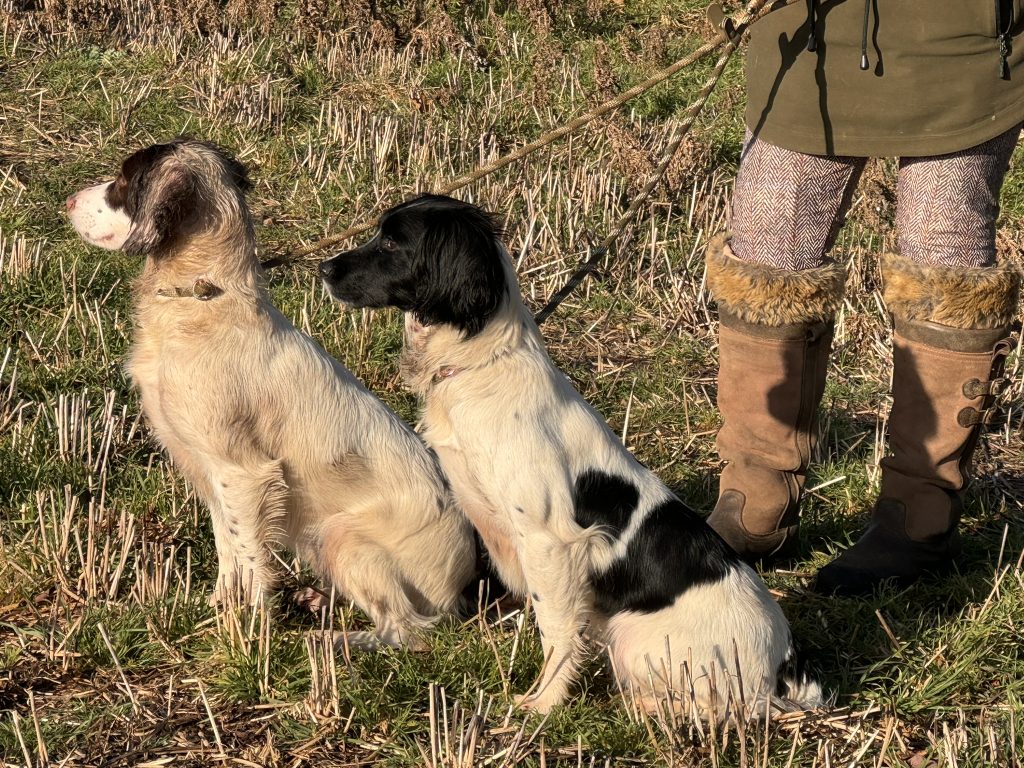Title: Integrating Management Techniques into Dog Training: A Comprehensive Approach

Introduction:
Training a dog goes beyond teaching basic commands; it encompasses managing various aspects of their environment, expectations, and rewards. Effective management techniques play a pivotal role in shaping a dog’s behavior and fostering a strong bond between canine companions and their owners. In this article, we delve into how management strategies are integral components of successful dog training.
Managing Expectations:
Setting realistic expectations is crucial in dog training. Just like humans, dogs have their own learning pace and capabilities. It’s essential for trainers and owners to understand this and tailor their training methods accordingly. By acknowledging a dog’s individual traits, breed characteristics, and temperament, trainers can set achievable goals, leading to a more fulfilling training experience for both parties.
Managing the Environment:
Creating a conducive environment is key to facilitating effective learning and behaviour modification in dogs. Environmental management involves controlling factors such as distractions, noise levels, and spatial arrangements during training sessions. For instance, starting training in a quiet, familiar space before gradually introducing distractions can help dogs focus and retain information better. Additionally, using tools like crates, gates, and designated training areas can aid in managing the environment to promote successful training outcomes.
Managing Rewards:
Reward-based training is a cornerstone of modern dog training methodologies. However, managing rewards goes beyond simply offering treats or praise. It involves understanding the value of different rewards for individual dogs and using them strategically to reinforce desired behaviours. Moreover, employing a varied reward system comprising food, toys, play, and verbal praise keeps training sessions engaging and motivates dogs to perform consistently.
Managing Corrections:
While positive reinforcement is emphasised in dog training, occasional corrections may be necessary to address unwanted Behaviours. However, it’s imperative to manage corrections effectively to avoid confusion or fear in dogs. Utilising gentle, non-aversive techniques such as redirecting attention, withholding rewards, or employing time-outs can effectively communicate boundaries without causing distress to the dog.
Integration of Management Techniques:
Successful dog training requires a holistic approach that integrates various management techniques seamlessly. For instance, combining environmental management with reward-based training can help dogs focus better and learn faster in challenging situations. Similarly, managing expectations by breaking down complex Behaviours into smaller, achievable tasks fosters steady progress and builds confidence in both dogs and their owners.
Conclusion:
In conclusion, management is an integral part of dog training that encompasses various aspects such as expectations, environment, rewards, and corrections. By incorporating effective management techniques into their training regimen, owners and trainers can create a positive learning experience for their canine companions while strengthening the bond between them. Remember, successful dog training is not just about teaching commands—it’s about managing every aspect of the training process to set dogs up for success and enhance their overall well-being.
